Picture this: You’re having your morning coffee in Los Angeles when your phone buzzes with an alert that a magnitude 5.2 earthquake will hit in exactly 17 minutes. Sounds like science fiction? Well, this scenario might be closer to reality than you think. Scientists and tech companies around the world are developing artificial intelligence systems that can predict earthquakes with stunning accuracy – and they’re achieving results that seemed impossible just a few years ago. The race to predict nature’s most unpredictable disasters has taken an exciting turn. While traditional seismology has struggled for decades to forecast when and where earthquakes will strike, machine learning algorithms are now crunching massive amounts of data to spot patterns that human experts might miss. From university labs to tech giants, researchers are building AI systems that don’t just detect earthquakes as they happen, but actually predict them days or even weeks in advance.
The Game-Changing Success Stories That Started It All
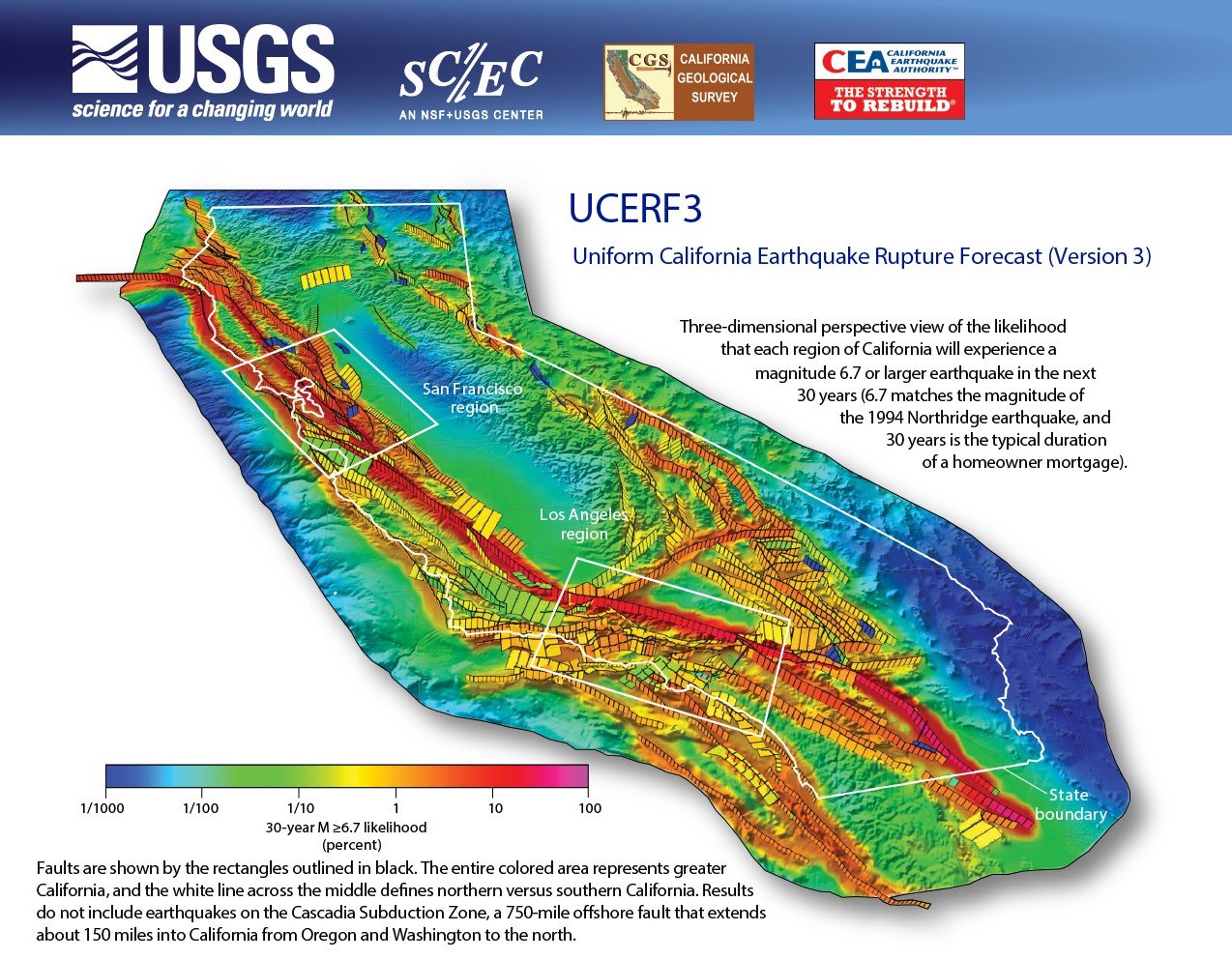
Researchers at The University of Texas at Austin developed an AI algorithm that correctly predicted 70% of earthquakes a week before they happened during a seven-month trial in China. This wasn’t just another academic exercise – it was a breakthrough moment that caught the attention of seismologists worldwide. The outcome was a weekly forecast that successfully predicted 14 earthquakes within about 200 miles of where it estimated they would happen and at almost exactly the calculated strength. Even more impressive, it missed one earthquake and gave eight false warnings, giving it a remarkable track record for such a complex prediction task. What made this particularly significant was that the trial was part of an international competition held in China in which the UT-developed AI came first out of 600 other designs. This wasn’t just a lucky guess – it was a systematic approach that outperformed hundreds of other attempts from research teams around the globe.
Random Forest Models Are Achieving Nearly Perfect Accuracy

Meanwhile, on the other side of the country, researchers focusing on Los Angeles have achieved something that sounds almost too good to be true. The Random Forest model emerged as the top performer, reportedly achieving high accuracy rates in some studies. This level of precision in earthquake prediction would have been considered impossible just a decade ago. Researchers have developed a new machine learning and neural network model with a detailed feature matrix to improve earthquake prediction accuracy in Los Angeles, achieving promising results. The team didn’t just stumble upon this result – they systematically tested sixteen different machine learning algorithms to find the most effective approach. Among sixteen evaluated machine learning algorithms, Random Forest proved to be the most effective. What’s particularly impressive is that this model can predict the maximum earthquake category within the next thirty days, giving emergency responders and city planners unprecedented lead time to prepare for potential disasters.
How Voice Recognition Technology Became An Earthquake Detective
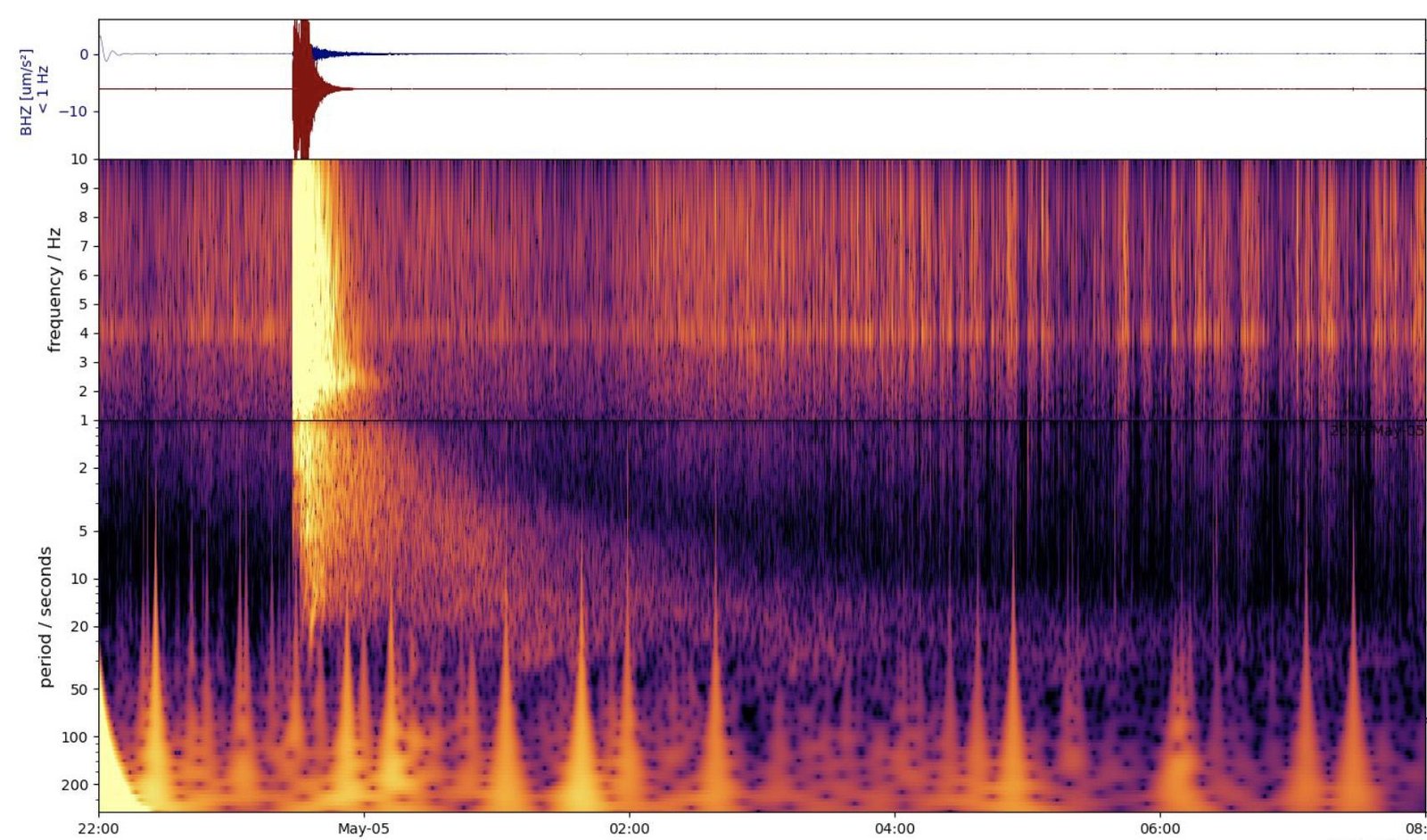
Perhaps one of the most unexpected breakthroughs comes from adapting technology originally designed for something completely different. The researchers adapted Meta’s Wav2Vec-2.0, an AI foundation model designed for speech recognition, to analyze seismic signals from Hawaii’s 2018 Kīlauea volcano eruption. This creative approach proved that earthquake prediction could benefit from tools developed for entirely different purposes. The findings suggest that faults emit distinct signals as they shift. AI models can track this change in real time to predict the beginnings of earthquake slip. It’s like teaching a computer to hear the Earth’s whispers before it starts to shout. With this creative approach, voice-to-text AI could be an integral and surprising solution for more accurate predictions. The researchers discovered that the same algorithms that help your phone understand what you’re saying can also understand what the Earth is trying to tell us about impending seismic events.
Smartphones Are Transforming Into Earthquake Sensors
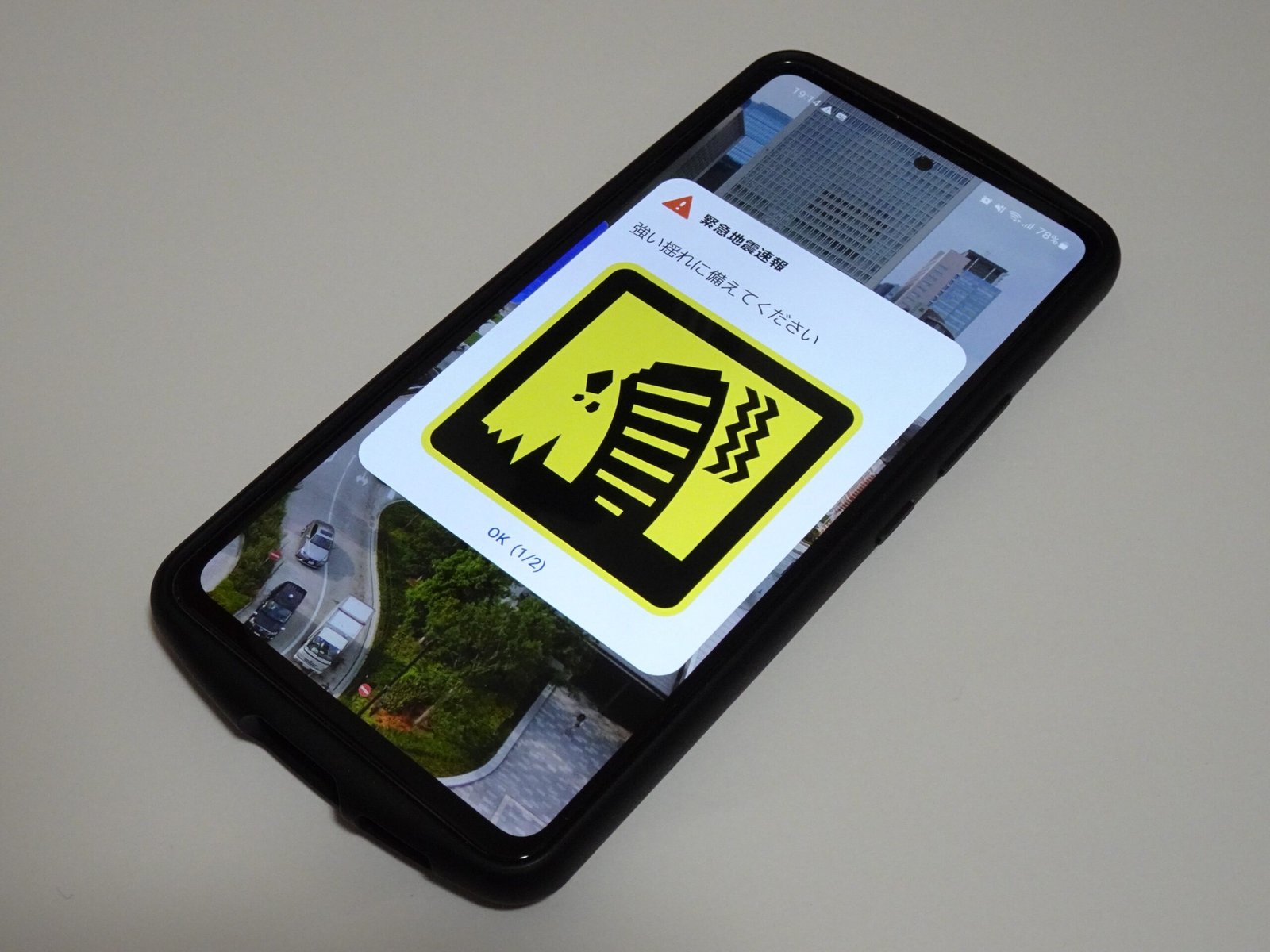
Your smartphone might already be part of a global earthquake detection network without you even knowing it. Beyond traditional seismic sensors, innovative approaches such as smartphone-based networks are being explored for earthquake detection. The MyShake project, for instance, uses the sensors embedded in smartphones to create a crowdsourced seismic network, expanding the coverage and responsiveness of earthquake monitoring. The various motion-detecting sensors found within smartphones, such as GPS and accelerometers, possess the potential to detect seismic activity. This would make smartphones into individual seismographs and create smartphone-based networks across the world. Imagine millions of phones working together as a massive, distributed earthquake detection system. The MyShake project leverages mobile technologies to develop an earthquake early warning system that combines a seismic method and a machine learning technology. The system is installed on a volunteer’s smartphone and then detects earthquakes using an Artificial Neural Network. It is the first global earthquake detection system using a smartphone and machine learning technique.
Internet of Things Networks Are Creating Dense Sensor Webs
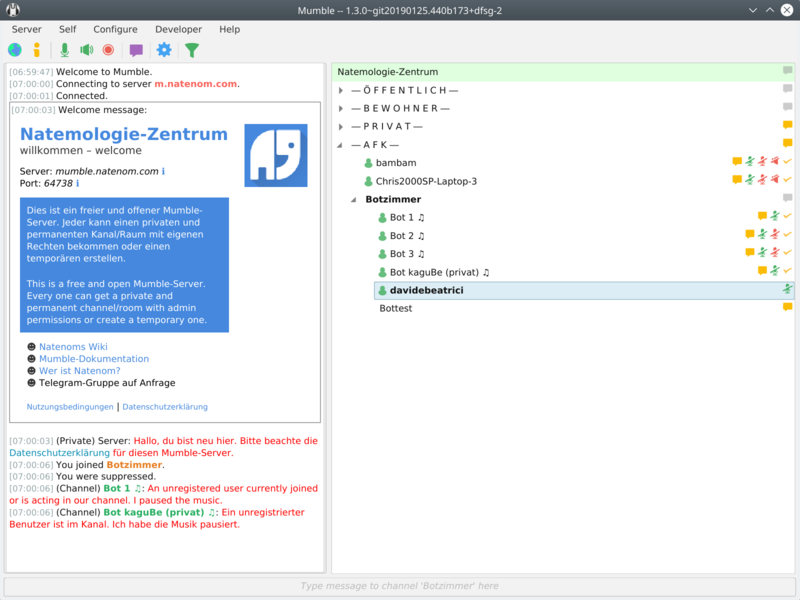
The Internet of Things revolution is providing researchers with unprecedented data collection capabilities for earthquake prediction. The IoT has revolutionized the way we interact with the physical world, and one of its most promising applications is in the detection and prediction of natural disasters such as earthquakes. The basic idea behind using IoT for earthquake detection is to deploy a network of sensors that can detect seismic activity and transmit the data to a central server for analysis. Micro-ElectroMechanical System (MEMS) can provide a low cost alternative to traditional seismographs or seismometers and they can be used to build denser networks with a smaller investment. Each low-cost MEMS Seismograph consists of: the MEMS accelerometer module, TCP/IP module, Power over Ethernet module, and an optional local storage module. These networks are proving remarkably effective. The records obtained by the low cost sensors have good consistency with the data obtained by the standard seismographs and that they can obtain clear seismic phases to trigger earthquake detection for early warnings, and even earthquakes with smaller magnitude (M 3.1 to M 3.6) were identified within a 20 km range from the sensors. Bigger earthquakes (M 4.7) can be detected at up to 200 km from the sensors.
Deep Learning Models Are Processing Multiple Data Sources Simultaneously
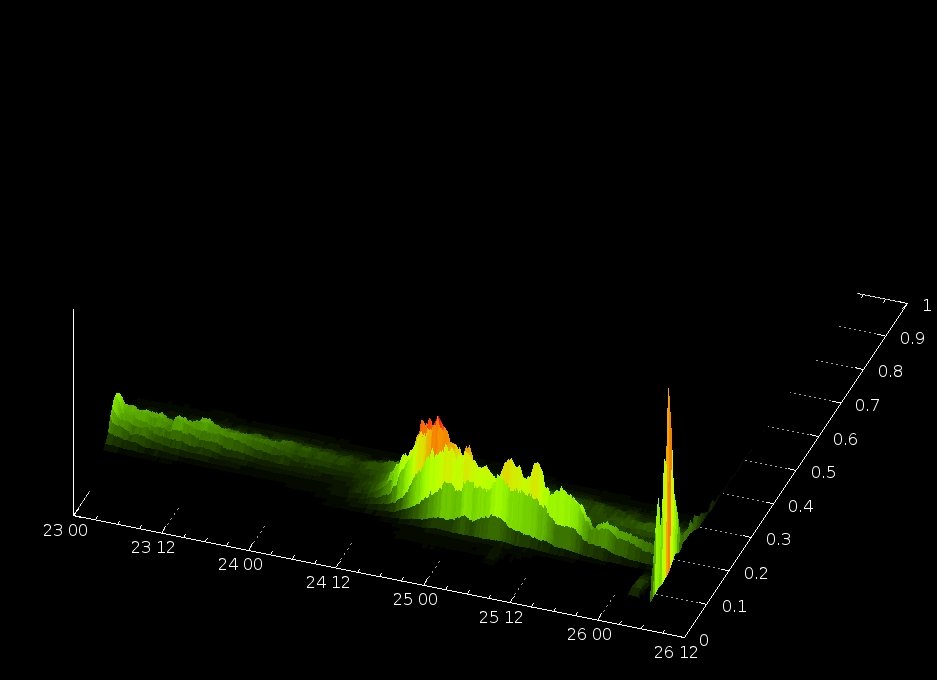
Modern AI systems aren’t just looking at one type of data – they’re combining multiple information sources to create more accurate predictions. SafeNet, a powerful multimodal deep learning-based earthquake forecasting model that can swiftly generate predictions for earthquake magnitudes in a specific region for the upcoming year within seconds. The design of SafeNet offers two key contributions: First, SafeNet enables the integration of diverse data sources into forecasting processes. This multimodal fusion offers a comprehensive spatial-temporal perspective, and its scalable design establishes a foundation for further exploration of the contributions from various geophysical datasets. SafeNet’s performance in earthquake forecasting, surpassing 5 classic machine learning models, 6 state-of-the-art deep learning models, and 2 advanced spatio-temporal ETAS methods in most evaluation metrics. For the 11 evaluated machine learning models (5 classical and 6 deep learning), SafeNet demonstrated superior performance in macro F1 scores, a key metric for balanced assessment on imbalanced datasets.
Real-Time Processing Is Happening in Milliseconds

Speed is everything in earthquake prediction, and AI systems are now processing seismic data faster than ever before. Tariq et al. proposed and tested a Seismic Wave Event Detection Algorithm (SWEDA) to achieve milliseconds earthquake detection and warning. This kind of processing speed could be the difference between life and death in earthquake-prone areas. The developed model could deal handle data sent from 8000 IoT sensors and only a few seconds were needed to detect an earthquake. These systems can analyze massive amounts of incoming data and make split-second decisions about whether a seismic event poses a real threat. Results show that the utilization of edge computing significantly reduces computational delay (23.06s). By processing data closer to where it’s collected rather than sending everything to distant cloud servers, these systems can respond much more quickly to developing seismic situations.
Weather Patterns Are Surprisingly Connected to Earthquake Activity

One of the most intriguing developments in AI-driven earthquake prediction involves incorporating weather data. The study proposes that abrupt weather parameter value fluctuations may influence the occurrence of shallow seismic events by focusing on developing an innovative concept that combines historical meteorological and seismic data collection to predict potential earthquakes. The achieved accuracy of the model was 95.65% for earthquake prediction based on weather conditions in the Vrancea region, Romania. This connection between atmospheric conditions and seismic activity isn’t as far-fetched as it might sound. The findings demonstrate the potential of combining Internet of Things (IoT)-based environmental monitoring with AI to improve earthquake prediction accuracy and preparedness. Scientists are discovering that the Earth’s systems are more interconnected than previously understood. The model was trained on a dataset of 8766 records corresponding to the period from 1 January 2001 to 5 October 2024. This long-term data collection effort shows how patient researchers have been in building comprehensive databases that can reveal subtle patterns between weather and seismic events.
Ionospheric Anomalies Are Revealing Pre-Earthquake Signals
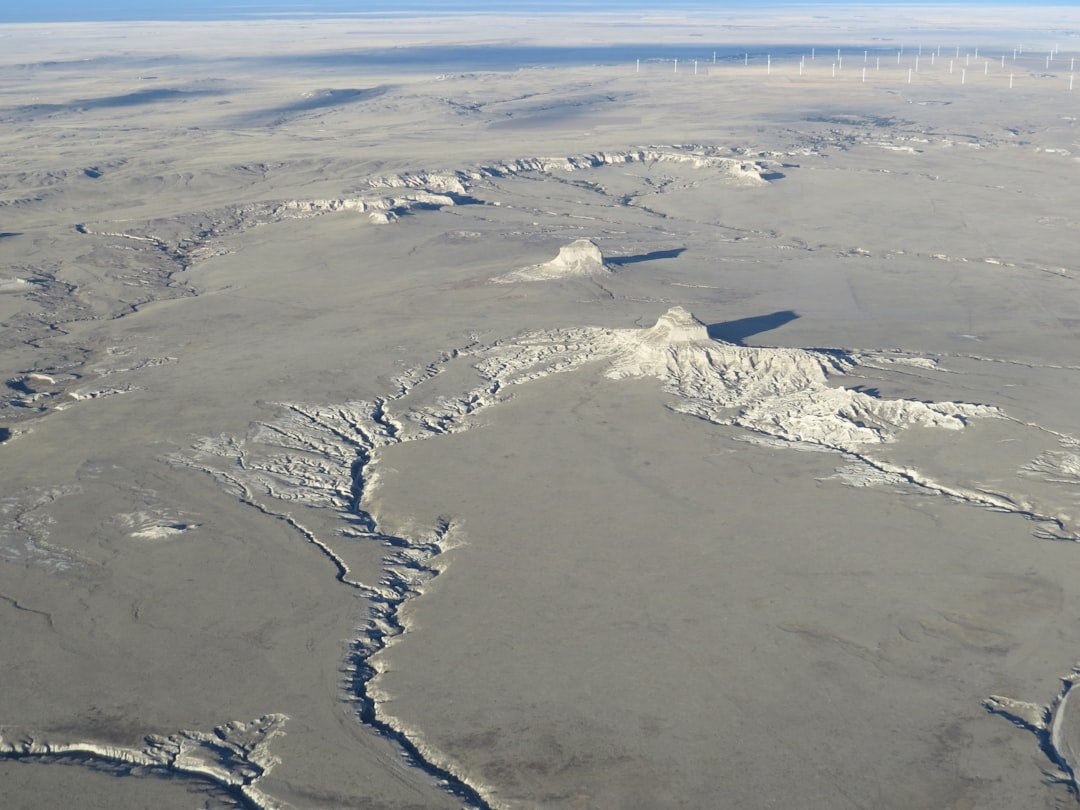
Scientists are even looking beyond Earth’s surface to the ionosphere – the charged layer of atmosphere about 60 kilometers above us – for earthquake prediction clues. There is increasing evidence that anomalies in the ionosphere could appear a few days before large earthquakes. Many significant successes with using anomalies for predictions have been reported, although they are usually limited, both in space, to a specific geographic area, and in time, to one or a few events. Convolutional Neural Networks (CNN) – which have shown a great performance in image classification, for example – will be used to construct a system with predictive abilities of future large earthquakes using TEC anomalies from GIMs of the preceding days (approximately one week). These researchers are essentially teaching computers to read space weather patterns as earthquake warning signs. This network has reached an accuracy of around 60% in the validation data for a division into eight categories of different earthquake magnitudes. Nevertheless, this percentage increases considerably if the classification into neighboring categories is also accepted, something that could be clearly admissible for the purposes of a warning system.
Global Collaboration Is Accelerating Progress
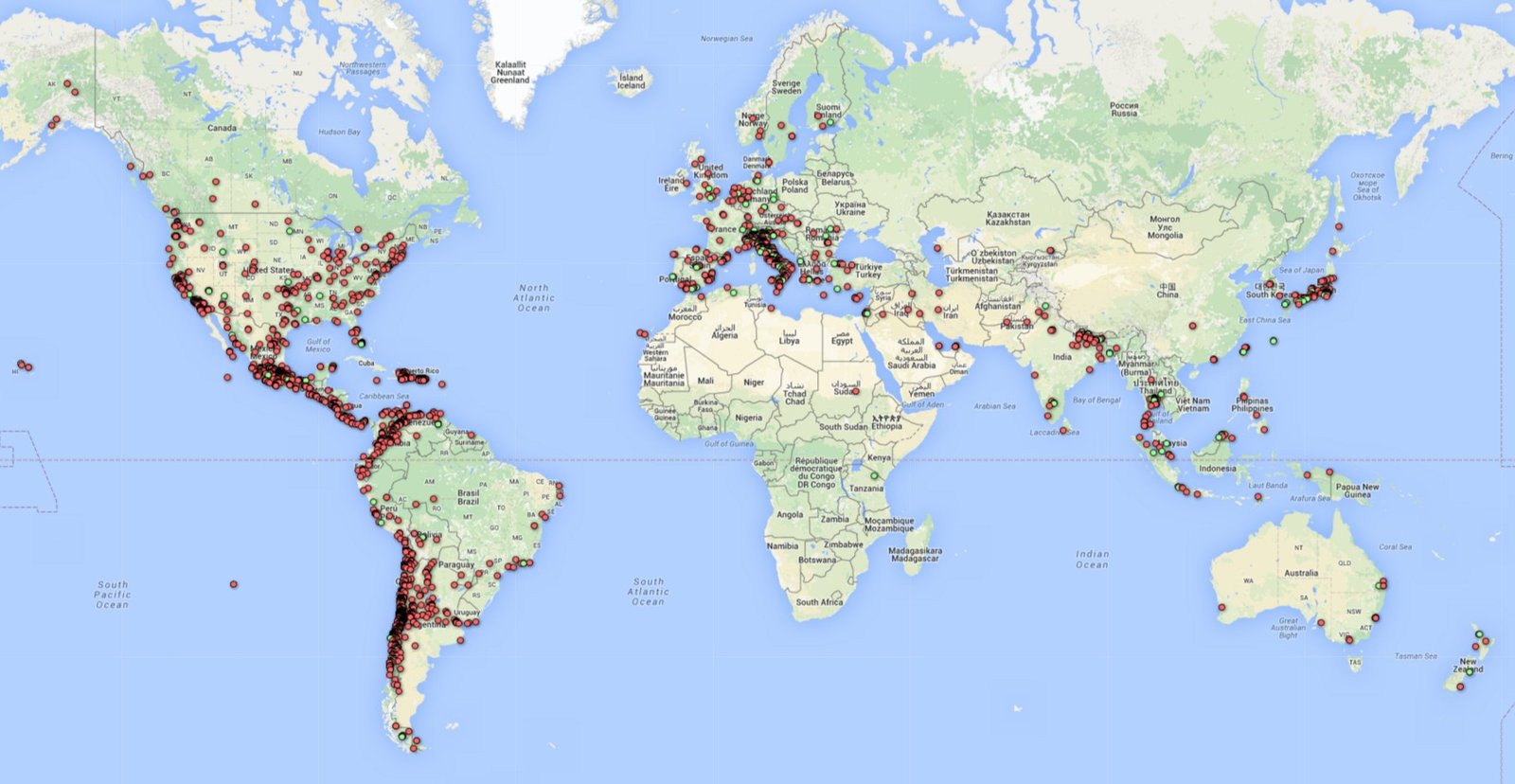
The international nature of earthquake prediction research is accelerating breakthroughs across borders. The ongoing work at institutions like the University of Texas at Austin, Los Alamos National Laboratory, and global seismic monitoring networks underscores AI’s transformative potential. As AI systems grow more sophisticated and data availability improves, the dream of reliable earthquake prediction is no longer a distant aspiration but an emerging reality. The researchers want to integrate the system with physics-based models, which could be important where data is poor, or places where the last major earthquake happened hundreds of years before seismographs were invented. “Our future goal is to combine both physics and data-driven methods to give us something generalized, like ChatGPT, that we can apply to anywhere in the world,” Chen said. The success of this model in China has led researchers to consider testing it in other earthquake-prone regions, such as California, Japan, and Italy, where robust seismic networks are in place. Looking ahead, integrating AI-driven models with traditional physics-based models could enhance prediction accuracy.
The Technology Is Moving from Labs to Real-World Applications
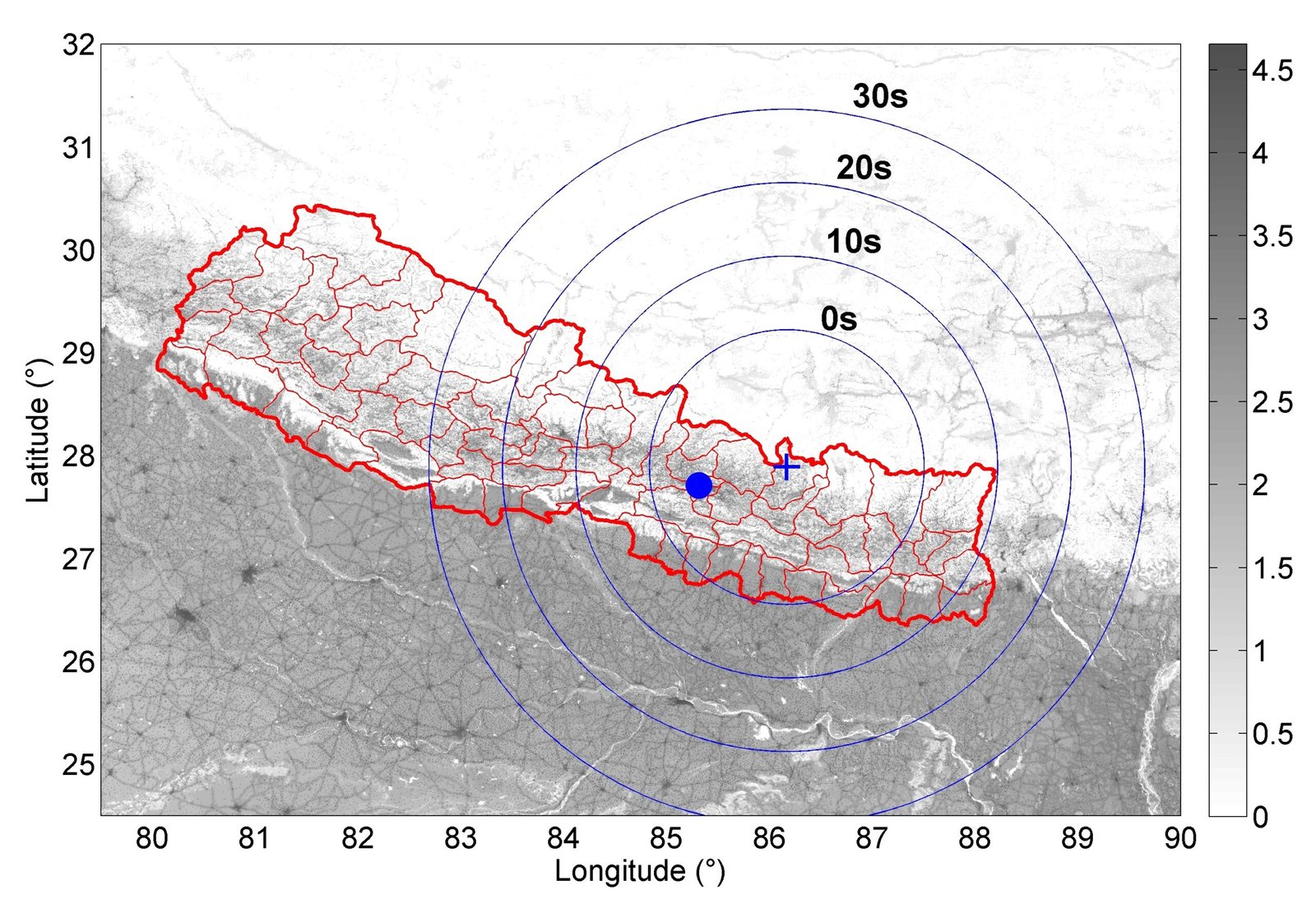
What started as academic research projects are now transitioning into practical warning systems that could save lives. These advancements could revolutionize disaster preparedness by giving communities critical lead time to evacuate or take protective measures. Emergency management agencies around the world are taking notice of these developments. An earthquake early warning system (EEWS) should be included in smart cities to preserve human lives by providing a reliable and efficient disaster management system. This system can alter how different entities communicate with one another using an Internet of Things (IoT) network where observed data are handled based on machine learning (ML) technology. Accurately predicting earthquakes is crucial for mitigating risks and enhancing preparedness, especially in seismically active regions like Los Angeles. The ability to forecast seismic events with high accuracy can significantly impact disaster management strategies, reduce potential casualties, and minimize economic losses. In this context, our research contributes to the ongoing efforts to improve earthquake prediction using advanced machine learning and neural network techniques. The convergence of artificial intelligence, massive data collection networks, and increasingly powerful computing resources is creating unprecedented opportunities for earthquake prediction. While scientists still emphasize that perfect prediction remains elusive, the progress being made suggests we’re entering a new era where the seemingly impossible is becoming achievable. The question isn’t whether AI will revolutionize earthquake prediction – it’s how quickly these systems will evolve from research projects to life-saving tools that protect communities worldwide. What do you think about the potential of AI to predict earthquakes? Are you ready for a future where your phone might warn you about natural disasters before they happen?

Jan loves Wildlife and Animals and is one of the founders of Animals Around The Globe. He holds an MSc in Finance & Economics and is a passionate PADI Open Water Diver. His favorite animals are Mountain Gorillas, Tigers, and Great White Sharks. He lived in South Africa, Germany, the USA, Ireland, Italy, China, and Australia. Before AATG, Jan worked for Google, Axel Springer, BMW and others.




